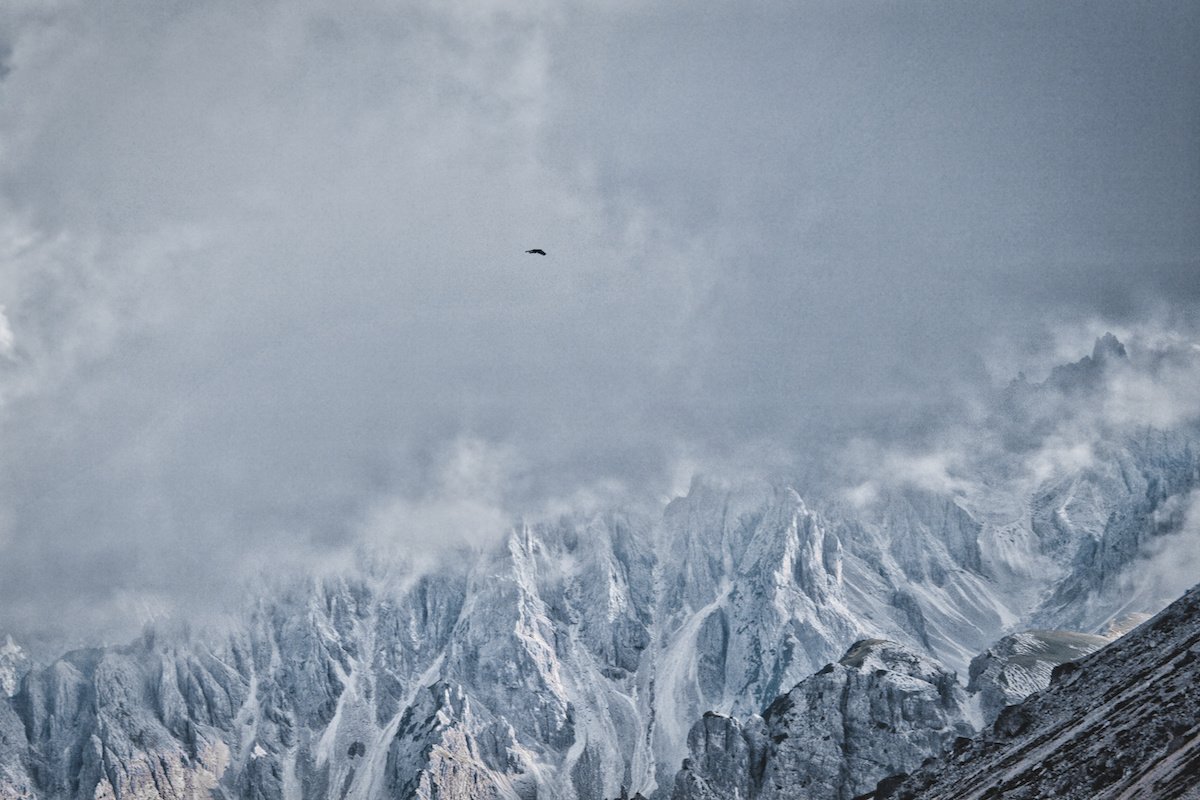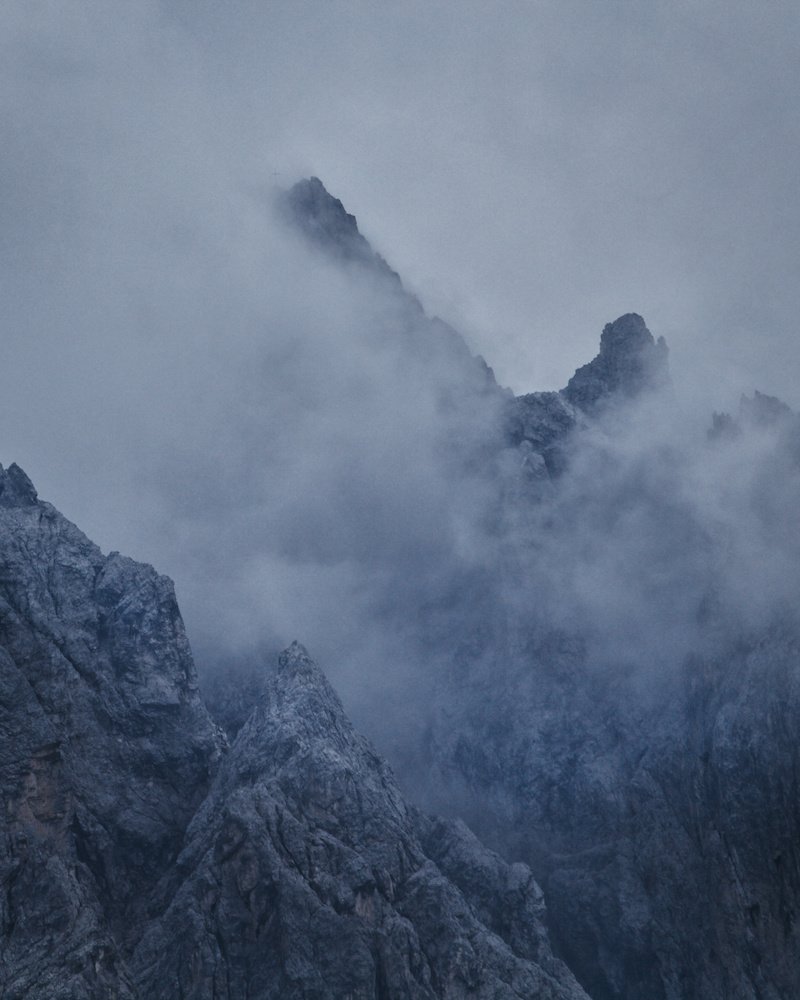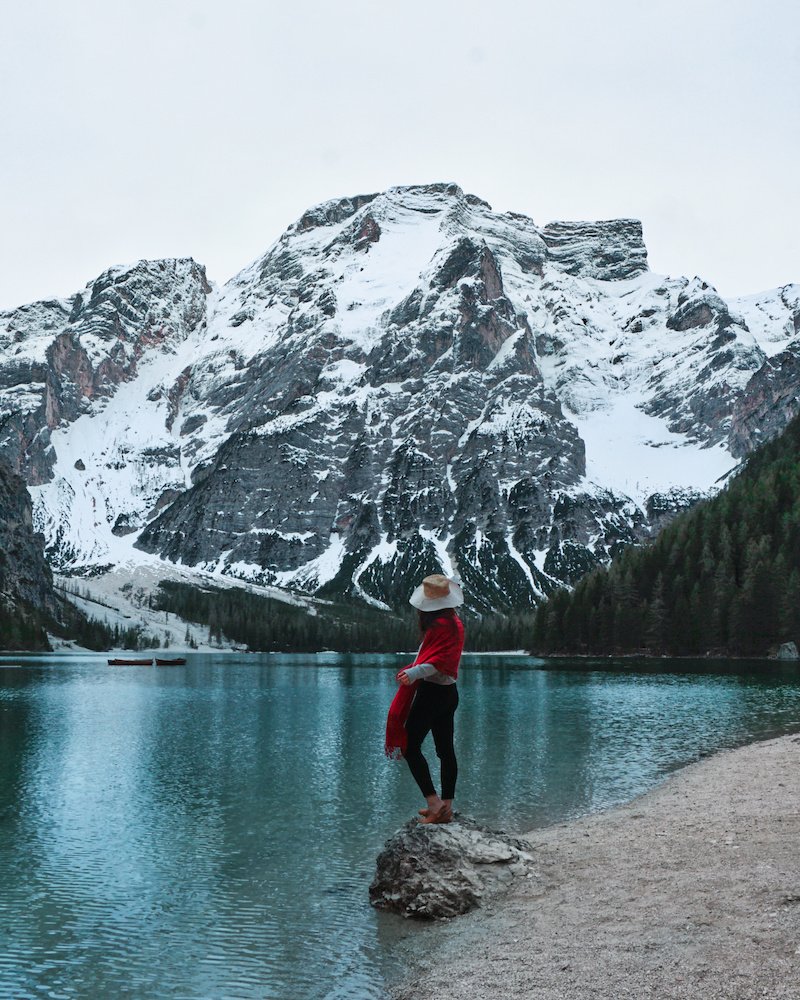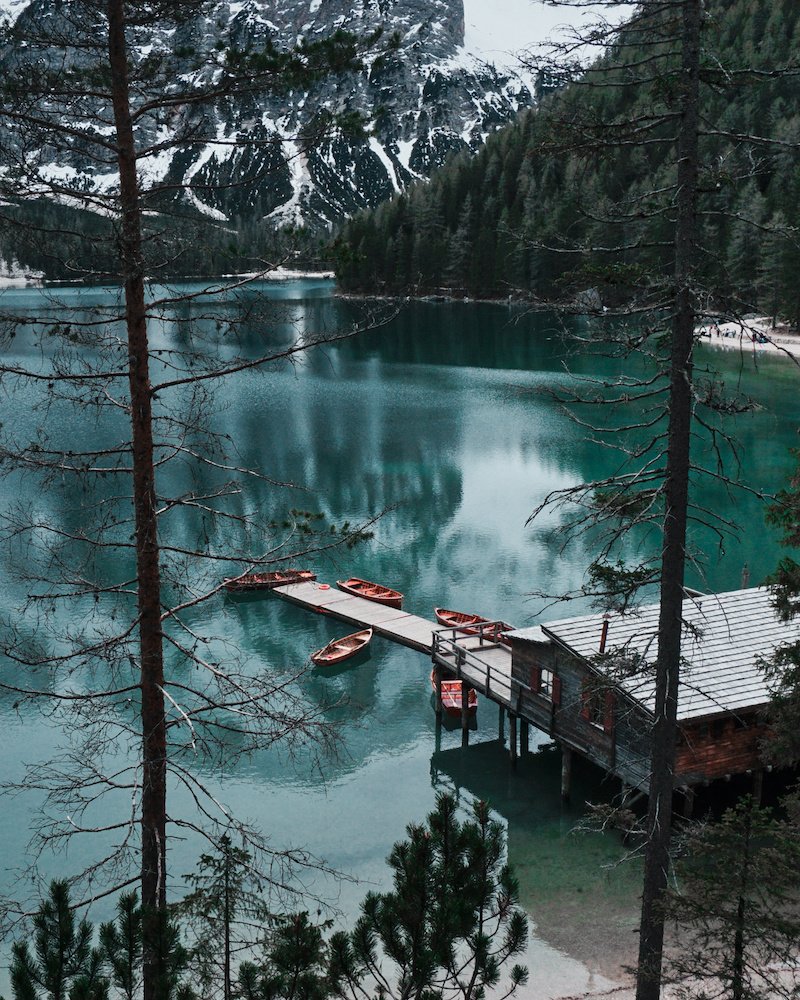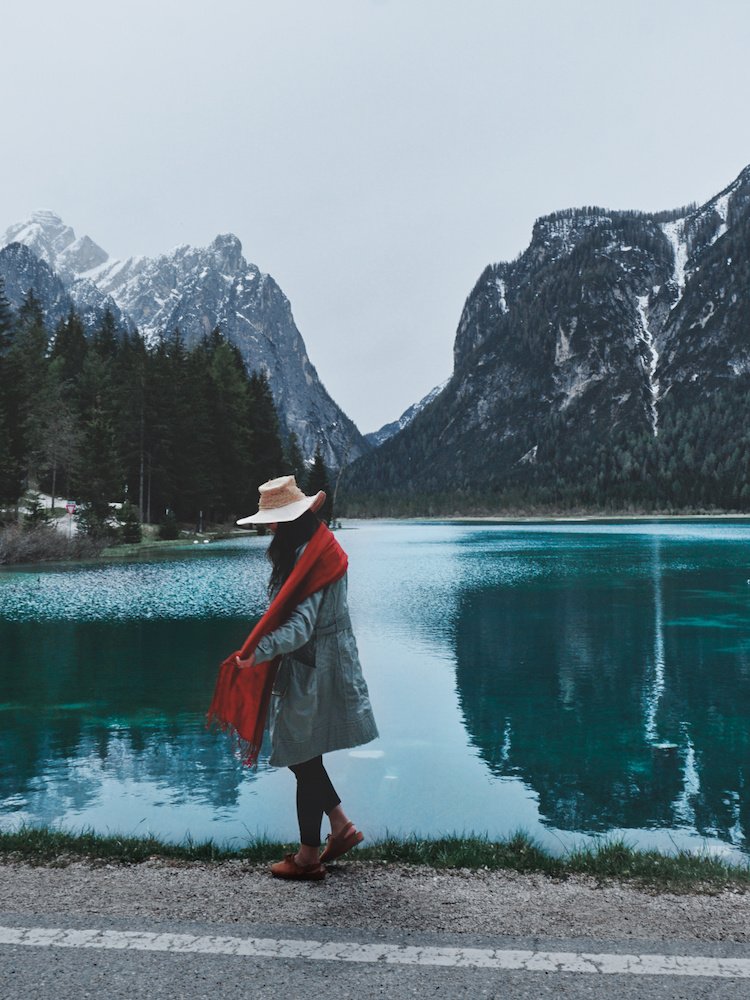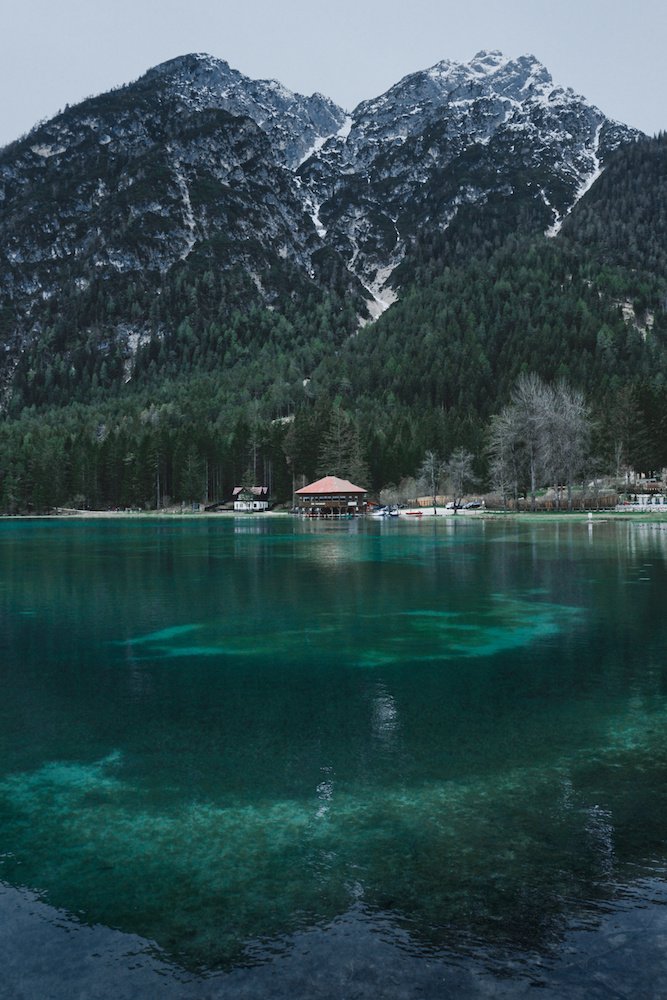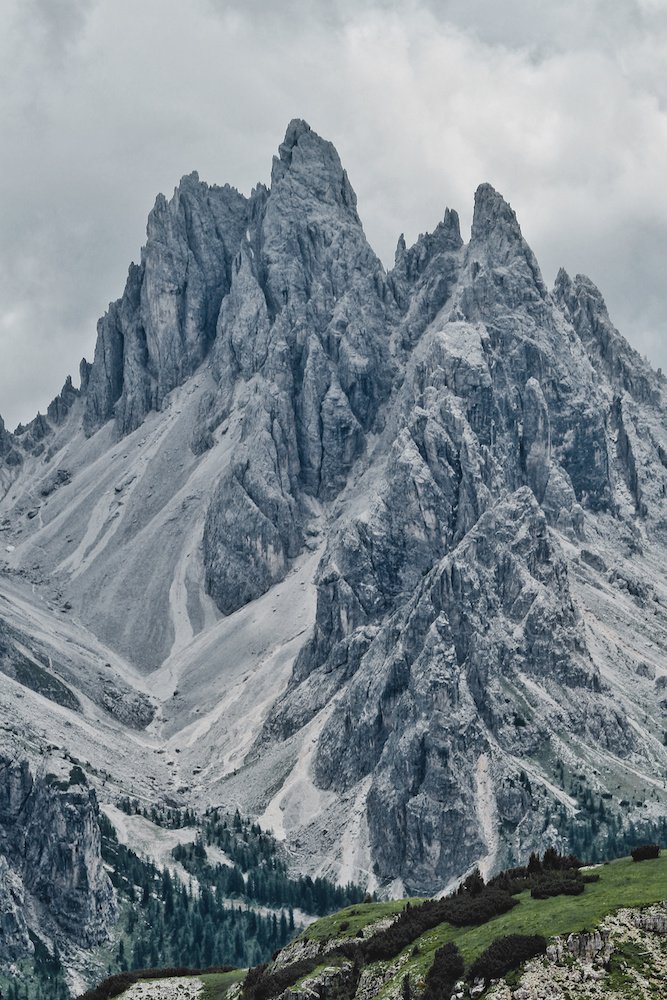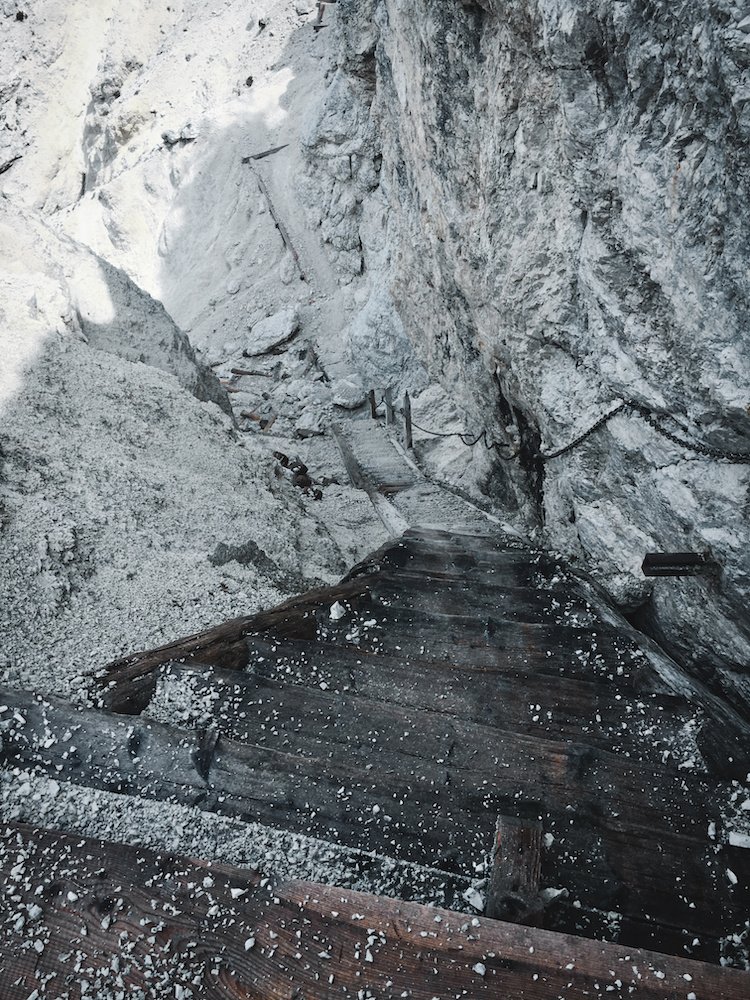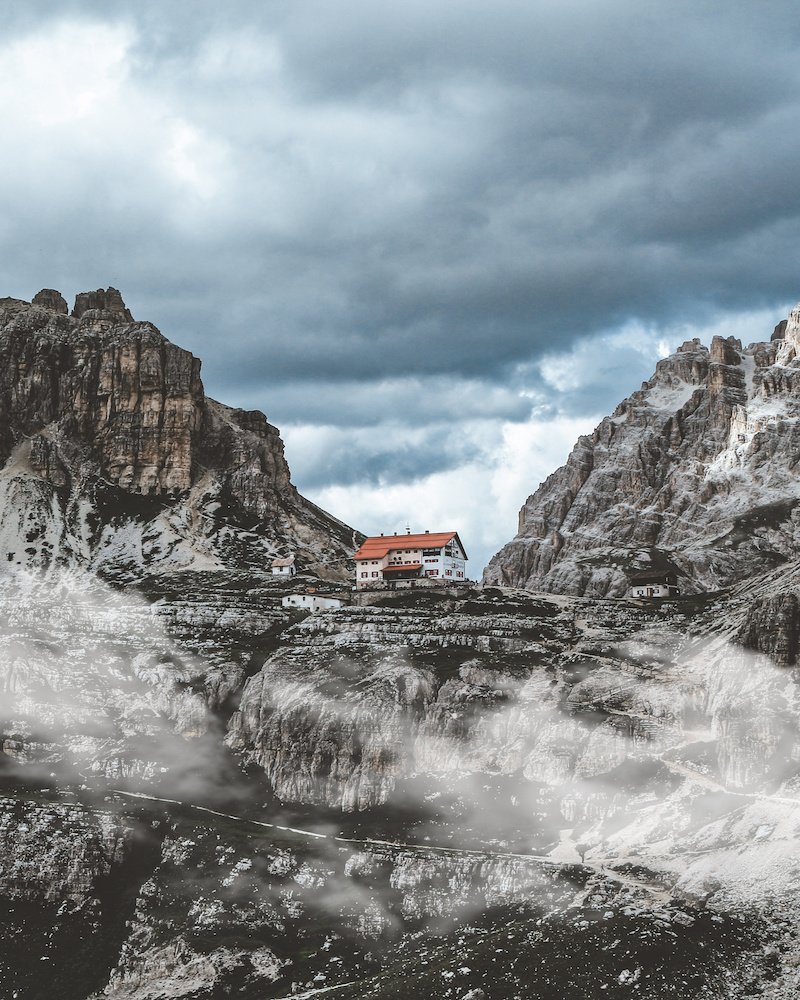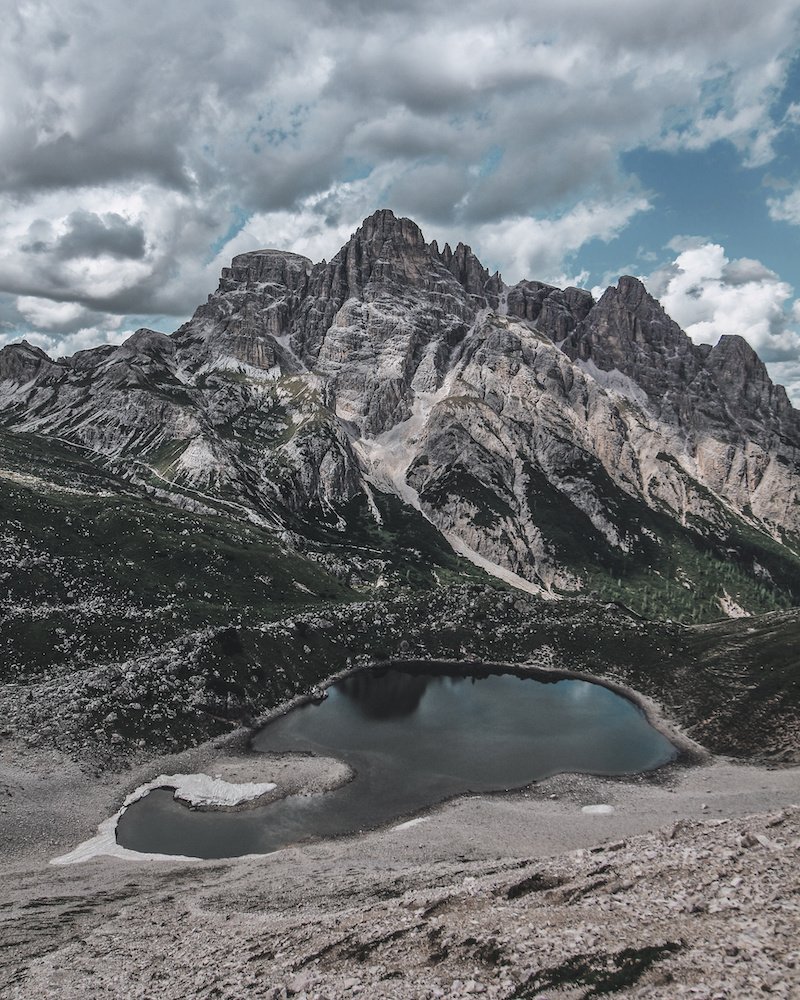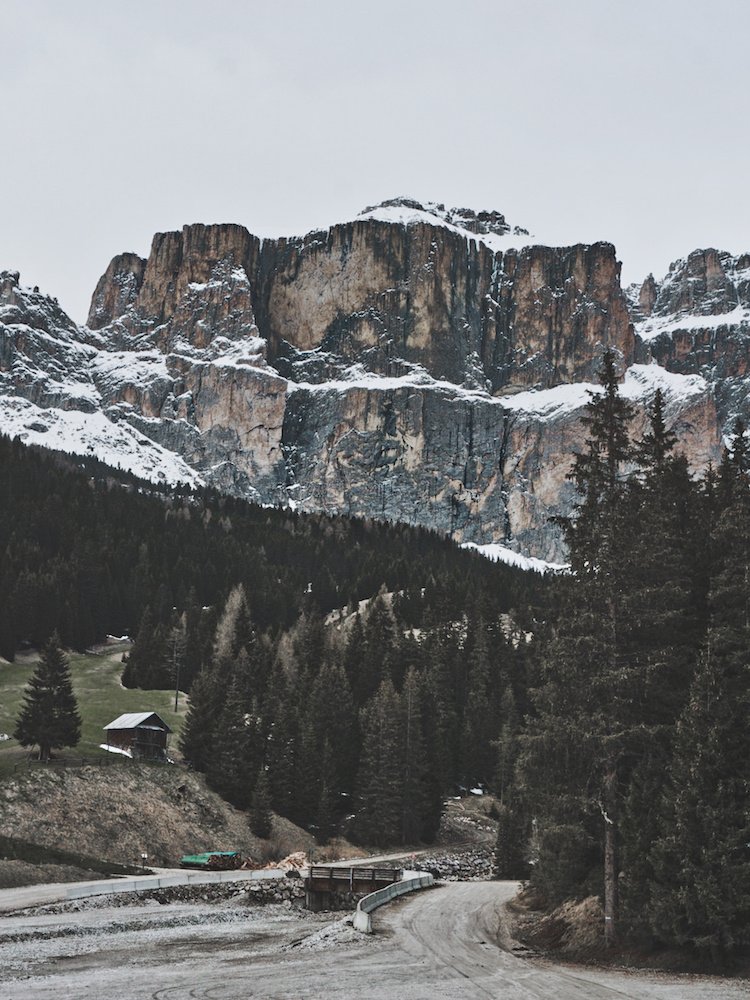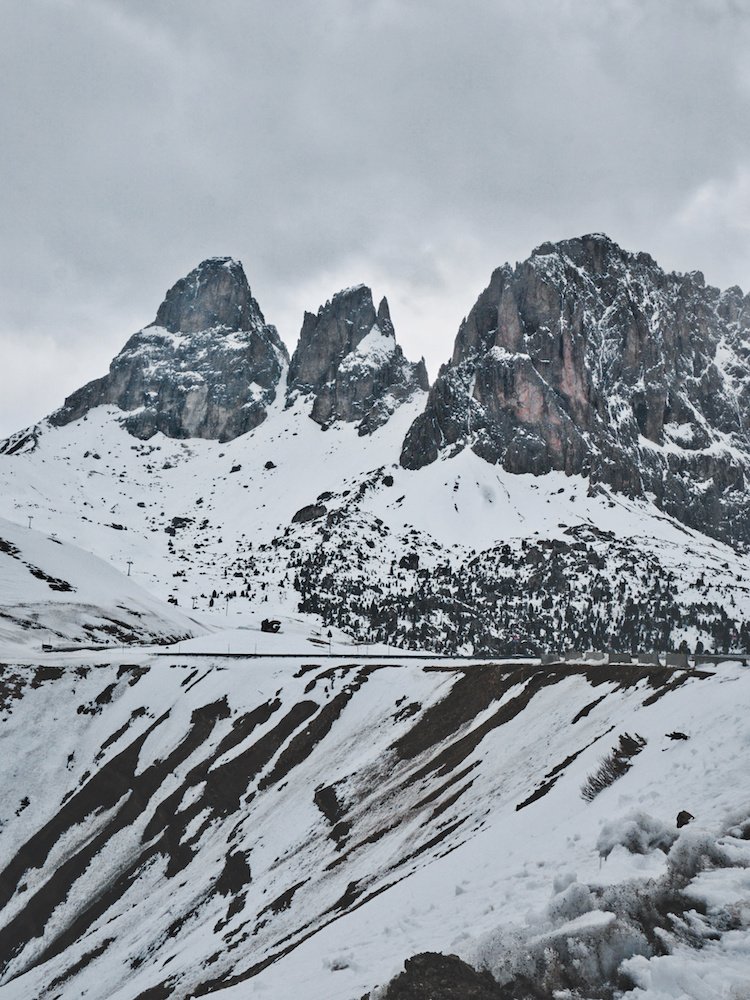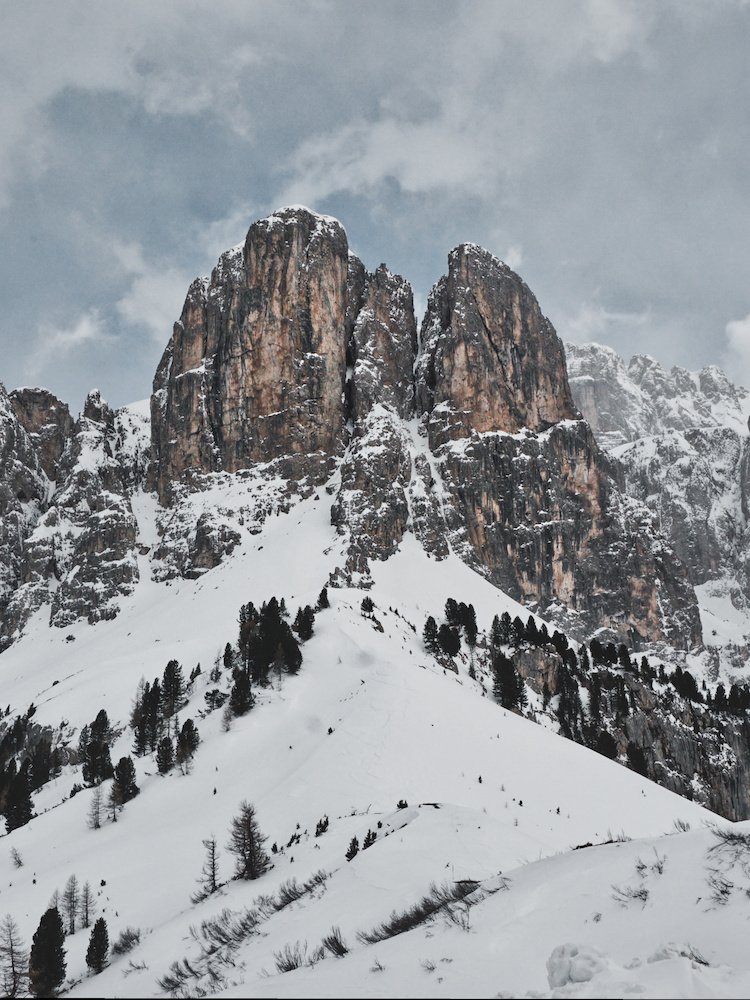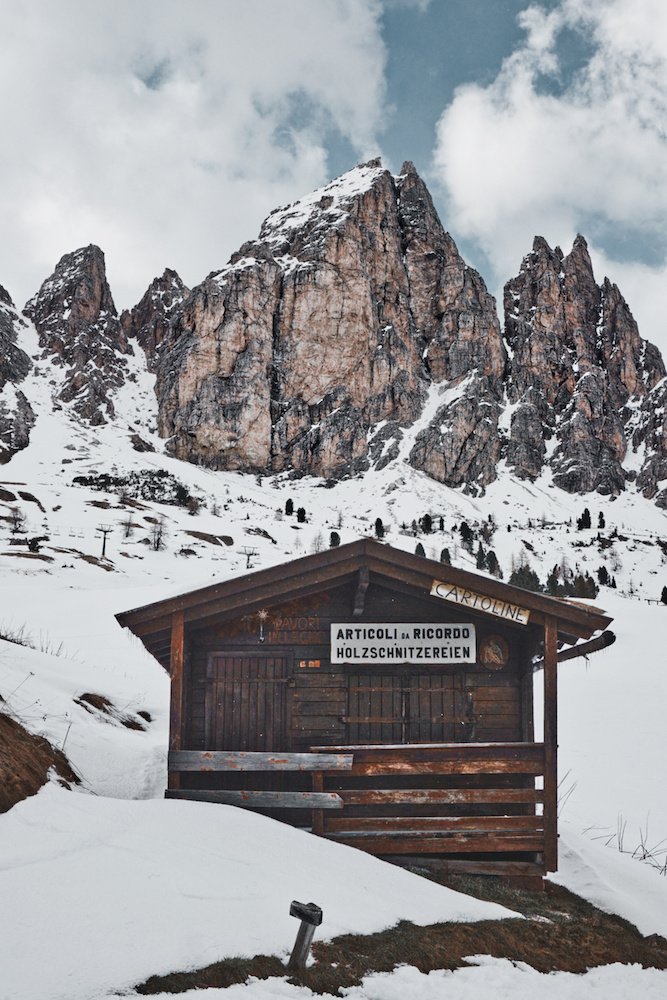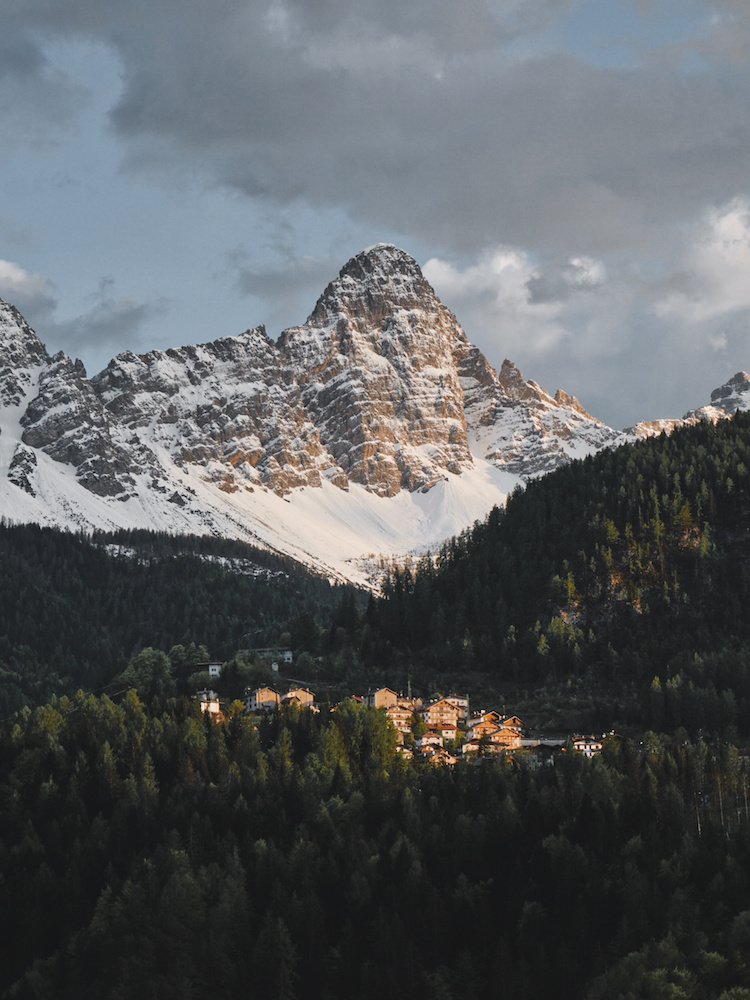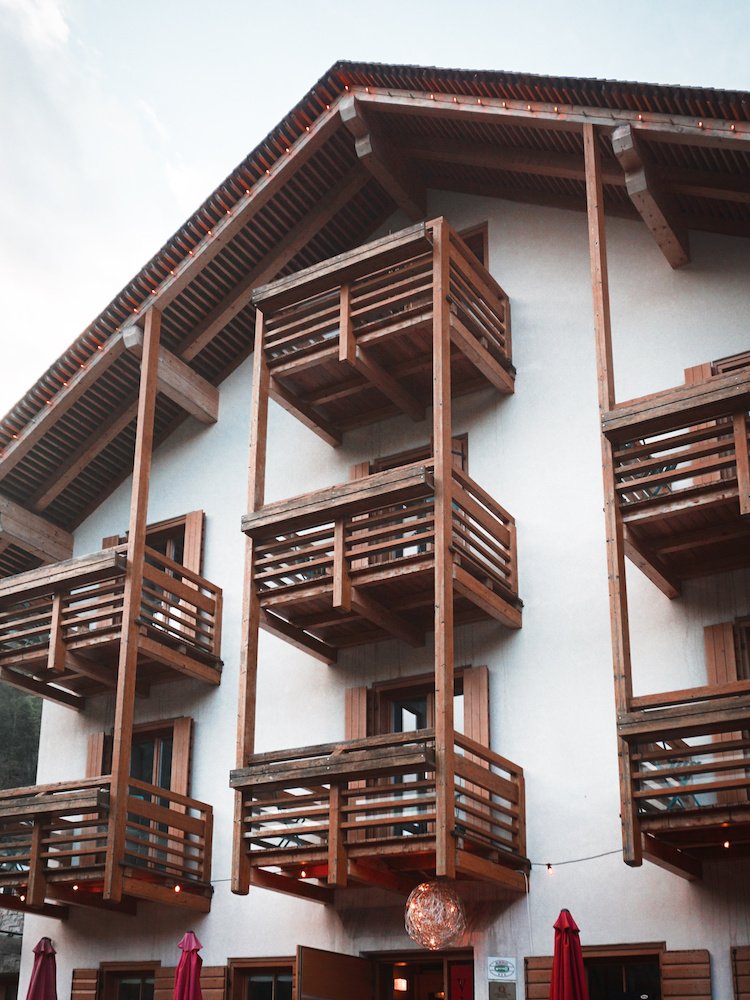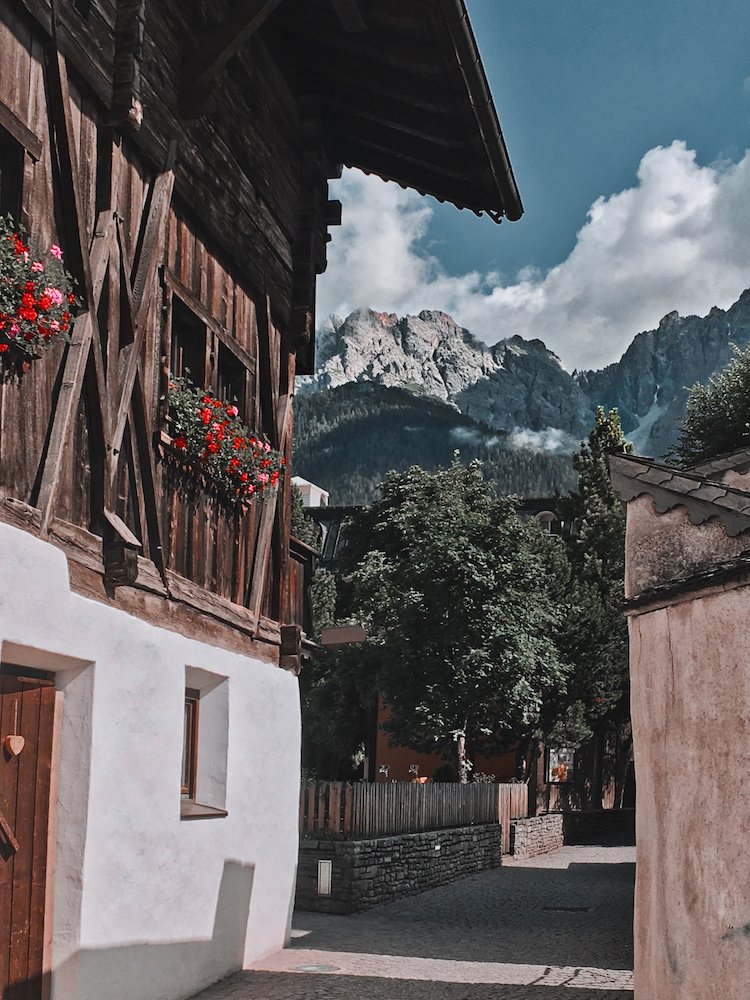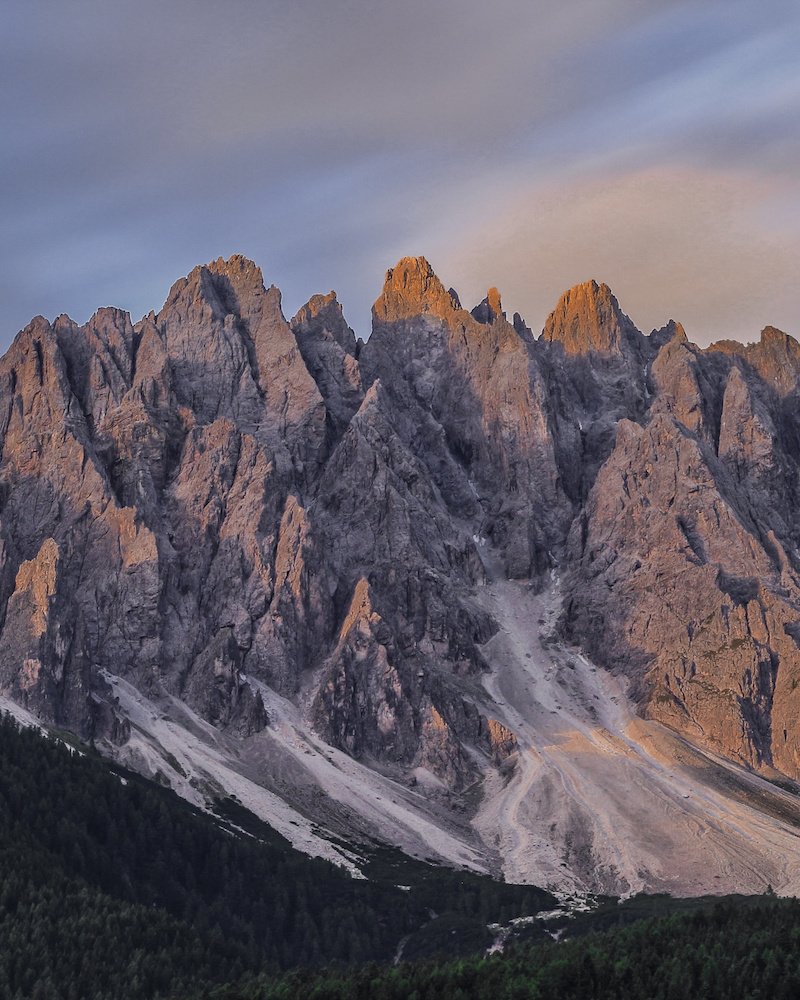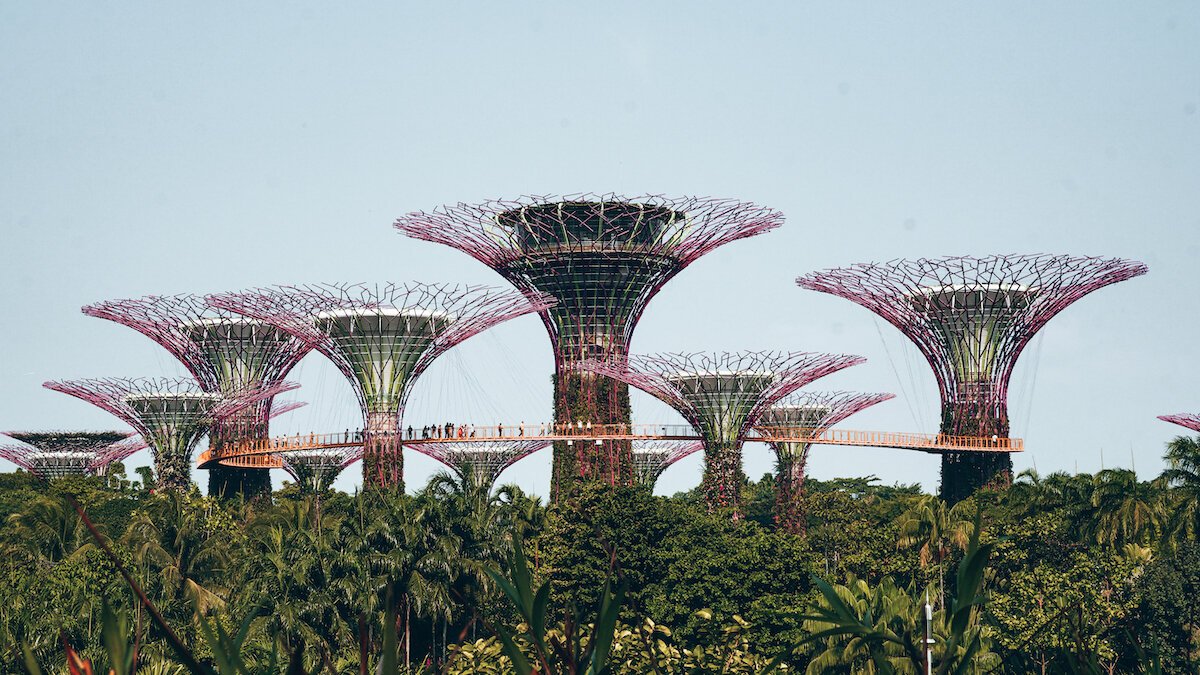Dolomites in Spring: Top Photogenic Locations, Hikes and Travel Tips
The Dolomites is a large region, made up of several smaller provinces, which expands across almost the entire northern alpine territory of Italy. Its unique pinnacle-like rock formations and alpine lakes have earned it a UNESCO World Heritage title, along with its steep history, culture and geology.
In this particular article, I will share with you a brief history of the Dolomites region and a short overview of the cultural diversity found here. Then we dive into the scenic locations, where I share my tips on the most beautiful alpine lakes, hiking trails and mountain passes. You will also find accommodation recommendations and tips for getting around the Dolomites.
CONTENT:
1. History and Culture of the Dolomites
2. The Most Photogenic Lakes in the Dolomites
3. Hiking in the Dolomites National Parks: Day Hikes
4. Scenic Drive Routes in the Dolomites
5. Where to Stay in the Dolomites?
6. Transport in the Dolomites
1. History and Culture of the Dolomites
Why do places in the Dolomites have two names?
Once upon a time, the Dolomites region (also known as Südtirol in German or Alto Adige in Italian) actually belonged to Austria and many of the locals in this region still speak their own dialect of Austrian/South Tirolean German, as well as Ladin (an old Rhaeto-Romanic language) and of course, Italian and English. Even the food culture here is more Austrian orientated than Italian, with Kaiserschmarren and Knödel found in many places.
A very important thing to note: almost ALL the places in this region have two names: an Italian version and a German version. For example: Bolzano (in Italian) is also called Bolzen (in German), but some don’t sound anything alike - eg. the town of San Candido (in Italian) is known as Innichen (in German). This can get quite confusing, but the Italian version always comes first (for obvious reasons) and both languages are used interchangeably in this region.
Remnants of World War 1
The sad story behind this beautiful place is unfortunately the brutal, senseless battles that took place during World War 1, in which the Austro-Hungarian Empire lost this bordering region of the Dolomites to the Italians. Roughly half a million soldiers died here on the mountains and you can still see the remnants of the war in forms of trenches and forts along certain hiking trails.
Where does the world “Dolomites” - come from?
The name ‘Dolomiti’ actually refers to the specific rock formation found in this region, but more accurately it was named after its discoverer “Dolomieu” - a French Chemist and Mineralogist.
The majority of the mountains here are a mixture of Volcanic, Limestone and the Dolomite rock - hence the region’s name. For those interested, you will find a fantastic explanation of the Geology of the Dolomites here.
Pinnacles in the Tre Cime National Park
2. The Most Photogenic Lakes in the Dolomites
LAGO DI BRAIES
Definitely one of the most beautiful lakes in this region and many people seem to think so too. But despite being a popular photo destination, it truly is stunning and well worth a visit.
I was a little hesitant that I would find large crowds here, but was pleasantly surprised to find a little uphill trail behind the boat house with no one else up there.
The best time to come would be sunrise where the lighting is much better and not so harsh - plus the added bonus of less people. I imagine this lake to be much more crowded in summer, especially with the wooden row boats for hire.
There is a designated parking lot if you are coming by car, but you also have the option of getting here by bus. Parking was 5 Euros per car and patrolled by ticket collectors, but if you get here super super early - you might just get away with it :)
LAGO DI CAREZZA
Located just a 40min drive from the city of Bolzano, this is area is actually a ski field during the winter months. The surrounding forest area was unfortunately under construction during our visit (May 2019) and you could tell the water level was much lower than usual.
However, it’s still a beautiful lake with a magnificent mountain backdrop. Again I would recommend sunrise or sunset for the best photo lighting - we came here around midday due to time constraints.
There is a designated parking lot or you can try find a free park spot a little further by the roadside. It’s a short walk to a nice viewing platform and there are also some cafes/eateries on site if you need a pick-me-up.
LAGO DI DOBBIACO
This was one of the first places I ever saw in the Dolomites. As I got off the train at the Dobbiaco/Toblach Station, I stared in awe at the gigantic mountain valley before me and walked (mildly hypnotised) towards the valley pass.
There are many hiking trails around here and it’s quite a popular spot given there is a hotel and restaurant - but gosh the colour of the lake and the towering mountain backdrop is just a dream.
Extra Tip: If you have time to do a half day hike, there is a beautiful trail near Misurina to a stunning lake called Lago di Sorapis.
Unfortunately I have never been there myself, but you can read more about it in this article by The Sandy Feet: Hike to Lago di Sorapis
3. Hiking in the Dolomites National Parks: Day Hikes
As I mentioned before, the Dolomites is not just one place or one National Park. In fact, there are multiple National Parks spread over the entire alpine region of northern Italy.
The main ones you’ll come across are: Tre Cime, Fanes-Sennes-Braies, Puez Odle, Sciliar-Catinaccio and Belluno National Park. Of course, there are a few more but most of the places mentioned here are around those areas.
Hiking is huge here and there are endless trails you could take up these stunning mountain ranges. From short easy strolls to day hikes and even multi-day hikes with refuge in the well equipped mountain huts, there’s something suitable for everyone.
Here are some links if you’re interested in alpine or multi day hikes:
- Alpine Trails and Rings
- Mountain Huts
- Free Interactive Map of Hiking Trails
DAY HIKE: MT. PIANO & MT. PIANA (2324m)
When you reach the top of Mount Piano, you can fully appreciate the hard journey you just accomplished. At the summit, you are rewarded with the most stunning view overlooking the valley towards Dobbiaco and also the incredible rock formations of the Dolomites all around you. You will even find some remnants of trenches from WWI here.
I started my journey by Lago di Landro (aka. Dürrensee) and it took me 3.5 hours to reach the top, where I then wandered for another hour before making my way down. The whole return journey took me about 8 hrs including breaks.
The track itself was super cool but super steep. I loved that it was rough and rugged (instead of well paved), there were certain points where it was super dodgy so definitely not for the faint-hearted.
However, if you are quite fit and love off-the-beaten track hikes, then you will love this one! Apparently there are multiple ways to get up here and I took the hardest route… but upside is that I had it all to myself :)
The trail starts on the right of Lago di Landro and you follow the No. 6 Pionierweg all the way up to Mount Piano before continuing onwards to Mount Piana, then descending down via No. 6a Touristensteig. You can find a free online map of the trail here: Mt Piano Hiking Trail Map
Day or Multi Day HIke: TRE CIME DI LAVAREDO
The Three Peaks (called Tre Cime in Italian) are probably the most famous and most visited spot in all of the Dolomites. Some people train for months just to hike through the Tre Cime National Park.
Whilst there is a cheat way to park up near the peaks (at a very hefty price) and just do a short walk, it is far more rewarding to do a day hike through the park and actually take in the beautiful nature.
As magnificent as the Three Peaks are, I found the over-crowdedness at the ‘photo spot’ just a bit too much. They say it’s about the journey not the destination, and this could not have been more true.
What you don’t see are the hundreds of people behind me :)
The hiking trails in the Tre Cime National Park are very well paved and maintained. Expect lots of people on the main trails, especially as you get closer to the Three Peaks. But there are also many options to go off-track or take a detour.
You will come across several huts offering shelter, food and accommodation along the way so don’t worry if you forgot to bring food, but definitely bring enough water!
I got a bus from San Candido to Fischleinbbachtal and started my hike rather late at about 9am.
These were the stops I made: Zsigmondy Hütte, Büllelejoch Hütte and Drei-Zinnen Hütte (the Three Peaks). I got to the Three Peaks at about 4pm and explored for another hour before finally descending back down to Dreischuster Hütte.
Safety and Time Management
So I totally underestimated the amount of time it would take to get back down by nightfall (which was 9pm) so I hiked the last hour in the dark and arrived at Dreischuster Hütte around 10pm. I
Luckily the staff there let me call my very worried Couchsurfer to tell him I was still alive (apparently he almost had mountain rescue come after me) and if my Couchsurfer hadn’t come pick me up with his car, I would’ve had another 1.5hrs to hike in the dark… and through some very dodgy forests too.
In total, I hiked for 13 hrs straight that day and stupidly underestimated the time it would take me to complete my extra detour. So learn from my mistake and start earlier (6-7am) and aim to leave the Three Peaks no later than 3pm!
Zsigmondy Hütte
4. Scenic Drive Routes in the Dolomites
If you have access to a car, here are some seriously scenic mountain ranges to drive through. Both the Sella and Gardena Passes are full of twists and turns, they wind all the way up to the highest points before descending back down. The beauty of these passes is that there is no one destination or photo spot to aim for - the magic is in the journey.
Photos from: Sella Pass - 2244m Altitude
Photos from: Gardena Pass - 2121m Altitude
Dobbiaco to Misurina Valley
I recommend (if possible) to start from Dobbiaco and head towards Misurina Valley. The view of the giant sloping mountain valleys are simply incredible. If you have time, definitely stop by the following lakes: Lago di Dobbiaco (mentioned above) and Lago di Misurina.
View of the Valley towards Dobbiaco from above at Mt Piano
5. Where to Stay in the Dolomites?
Dolomiti Lodge Villa Gaia
We stayed here for one night only but could have easily stayed longer. It was so cozy and the beds were super comfortable, the bathrooms were also very new and modern - I suspect they have recently been renovated.
We had the best view overlooking the opposing mountain villages and it was situated in a very local area, so don’t expect too much in terms of shopping or nightlife. They also have a sauna, which we didn’t have time to try out, sadly.
A very good buffet breakfast is included and they also have a dinner menu, which we found ok. Overall, would definitely recommend this place - mostly because it offers comfortable luxury at a very fair price.
You can view/book the Lodge here: Dolomiti Lodge Villa Gaia
Other Great Areas to Stay In the Dolomite Region
San Candido/Innichen
I was hosted for three nights by a lovely Couchsurfing couple here in the cozy town of San Candido (Innichen - in German), so I got to know this place rather well and really fell in love with everything it had to offer.
From good eateries to local markets, as well as mountain playgrounds, a ski field basically in town and so many beautiful hiking trails. It’s a nature/mountain lover’s heaven and the people I met were incredibly kind.
If you’re not so much into Couchsurfing, you can view some accommodation options in this area here: San Candido
Cortina d’Ampezzo
This is where they held the Winter Olympics back in 1956. You’ll find it’s much larger than many of its neighbouring villages and with far more tourists. However, the positive side is that there is more life, more vibes, more happening if that’s what you prefer over smaller, quieter villages.
You can browse through some great accommodation offers here: Cortina d’Ampezzo
6. Transport in the Dolomites
Renting a Car in the Dolomites
Car is without a doubt, the best and most efficient way to travel in the Dolomites. If you are considering a rental car, then the best place to start would be from Bolzano. There are many car rental options near the Bolzano-Sud Station.
Therefore, I really urge you to find car rental companies that offer Zero Excess/Deductible or those that will refund you the excess/deductible in case of damage/accident, no matter who is at fault.
These companies do exist and apparently Sunny Cars is a great company recommended to me by my friends at Sommertage. They have rather fair prices for such comprehensive cover. You can view your options and get a quote here: Sunny Cars
Our Awful Car Rental Story
We went with BuchBinder Car Rentals in Bolzano, but would NOT recommend them for the following reason: You must pay a deposit of 500 Euros and your excess/deductible is 400 Euros.
But in case of any, and I mean ANY, scratch or even minor damage to the car and you can say goodbye to the entire 400-500 Euros deposit.
When backing out of a (super tight) parking lot, there was a sudden drop in the concrete pavement, which caused some minor scratches on the bottom plastic part of the car (this was purely aesthetics, no motor/engine damage).
I thought, ok maybe max 100 Euros to repair it… but they took the entire 400 Euros plus an extra 80 Euros for other additional charges, so basically the entire 500 Euros deposit was gone.
The car only cost 100 Euros to rent for two days and the total came out to be 600 Euros! This was a huge blow to us and I obviously still feel rather upset about this.
Extra Tip: In Italy, there are Road Tolls for the Autostrada (aka. Green Highway or Autobahn) and if you want to avoid the tolls, you have to tick the ‘Avoid Tolls’ on Google Maps, which leads you to slightly slower but much more scenic routes.
View of Bolzano from above
Bus Transport
The bus system here is excellent as many people rely on buses to get around the mountainous landscapes. I used the bus to get from San Candido to the start of my Tre Cime hike at Fischleinbbachtal and bought my ticket on the bus.
Depending on the region you are in, there are different bus companies - so best check with the info centre, google maps or bus schedules for the area you are in.
By Train
You can get around the main towns and cities by train but it’s difficult to reach the majority of the places mentioned here without an independent mode of transport.
You can reach places like San Candido, Dobbiaco, Brunico by train from Bolzano quite easily, but not to Cortina d’Ampezzo unfortunately.
By Hitchhiking
It was surprisingly easy to hitch hike here and I was picked up by a lovely Italian man with his dog, then by an awesome elderly German couple in their camper van.
Only tip is to maybe brush up on some Italian so you can communicate better with those who might not speak anything other than Italian :)
Disclaimer: This article contains my recommendations in the form of so-called affiliate links, so if you book something through these links then I will receive a small commission from the company - but don’t worry, this doesn’t affect the prices for you at all! I appreciate it so much! :)
Do you have any other tips for beautiful hikes, lakes or places to visit in the Dolomites? If you are planning a trip here and have more questions, then please drop me a comment below or message me at @emilypeilan :)


